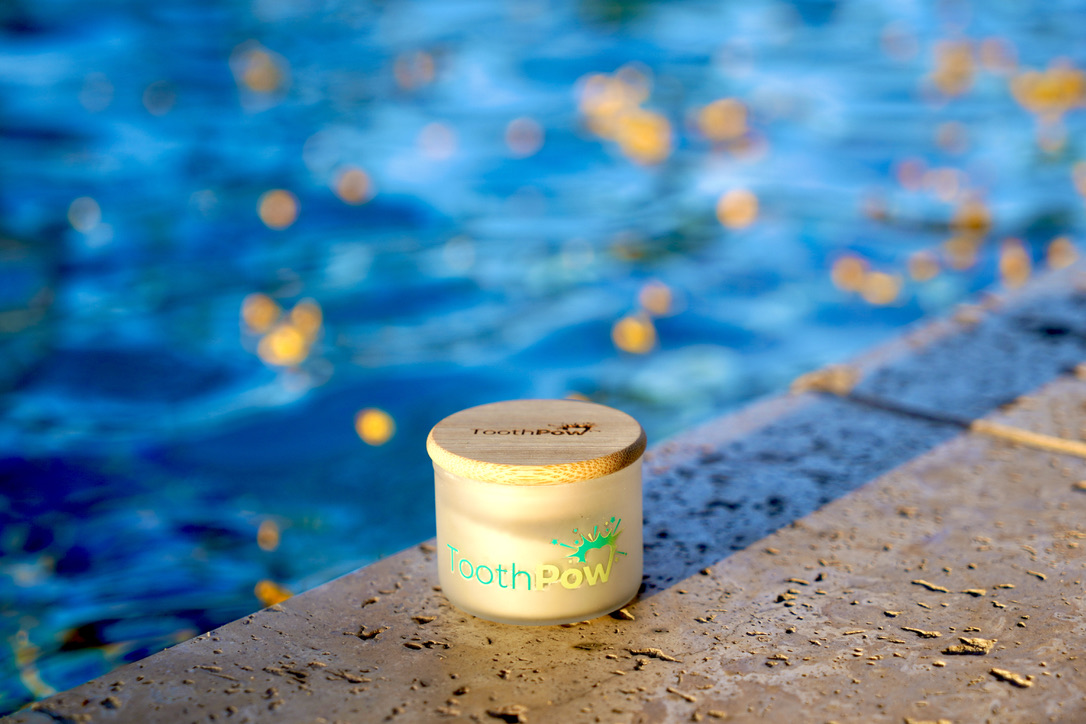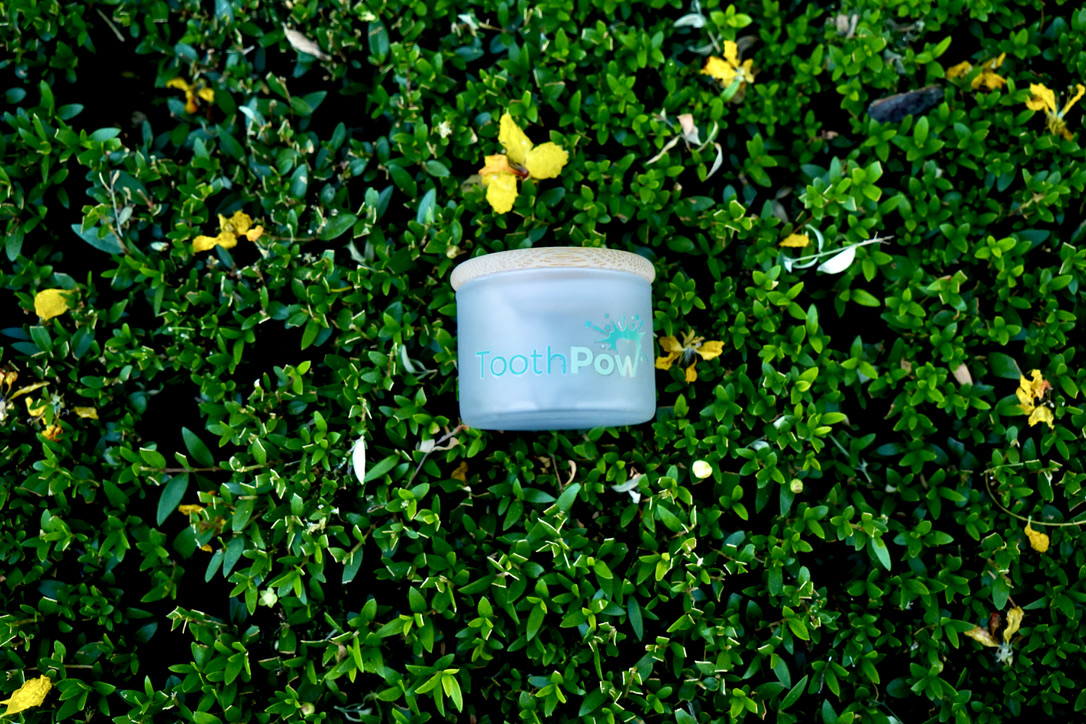Introduction
Nano hydroxyapatite (nano-HAp) is a revolutionary material in dental care, replicating the primary inorganic component of natural tooth enamel. Its small particle size and unique properties make it highly effective for remineralizing and protecting teeth. This article delves into the science behind nano hydroxyapatite, its different types, safety for use in toothpaste, and a comprehensive comparison to fluoride as a dental care ingredient.
Understanding Nano Hydroxyapatite
Nano hydroxyapatite (Ca10(PO4)6(OH)2) is a synthetic form of hydroxyapatite where the particles are engineered to be less than 100 nanometers in size. This nanoscale dimension allows it to mimic the natural mineral structure of human enamel closely, facilitating effective integration and repair of tooth surfaces.

Types of Nano Hydroxyapatite
Nano hydroxyapatite can be categorized based on its synthesis and additional functional components:
Pure Nano Hydroxyapatite: This type is designed to closely mimic the natural hydroxyapatite in tooth enamel. It is synthesized to ensure high purity and biocompatibility, making it effective in remineralization. Pure nano-HAp is widely studied and has been shown to significantly improve enamel smoothness and reduce sensitivity (BioMed Central) (BioMed Central).
Doped Nano Hydroxyapatite: To enhance its properties, nano-HAp can be doped with elements such as fluoride, silver, or strontium. For instance, cerium-doped nano-HAp not only promotes enamel remineralization but also enhances antimicrobial properties, helping to prevent dental caries (BioMed Central) (BioMed Central).
Composite Nano Hydroxyapatite: This involves combining nano-HAp with materials like chitosan, alginate, or collagen. These composites improve adhesion to tooth surfaces and enhance the mechanical strength of the enamel, providing better protection against wear and acid attacks (BioMed Central) (BioMed Central).
Safety of Nano Hydroxyapatite in Toothpaste
The safety of nano hydroxyapatite in toothpaste has been thoroughly researched, with studies consistently showing its biocompatibility and non-toxicity:
Biocompatibility: Nano-HAp is biocompatible, meaning it can safely integrate with biological tissues without causing adverse reactions. Its structural similarity to natural enamel makes it an excellent choice for dental applications (BioMed Central) (BioMed Central).
Non-Toxicity: Extensive research has shown that nano-HAp does not pose significant health risks. It does not release harmful chemicals and is safe for use in daily dental care routines (BioMed Central) (BioMed Central).
Efficacy in Remineralization: Nano-HAp effectively remineralizes and repairs tooth enamel. Studies have demonstrated its ability to penetrate deeply into enamel microcracks and fissures, restoring mineral density and improving tooth strength (BioMed Central) (BioMed Central).
Fluidinova's NanoXIM Nano-HAp: The Gold Standard
Fluidinova's NanoXIM nano-HAp is known for its high purity and consistent particle size, making it ideal for dental applications. This product ensures optimal performance in remineralization and protection against decay, and its biocompatibility and non-toxic nature make it a safe choice for toothpaste formulations (BioMed Central) (BioMed Central).
Nano Hydroxyapatite vs. Fluoride: A Comprehensive Comparison
Fluoride has long been the standard for enamel remineralization and protection against dental caries. However, nano hydroxyapatite offers a promising alternative. Here, we compare these two ingredients:
Mechanism of Action
Fluoride: Fluoride works by promoting the remineralization of enamel and inhibiting demineralization. It forms fluorapatite, a more acid-resistant mineral than hydroxyapatite, thus enhancing enamel's resistance to acid attacks. However, excessive fluoride can lead to dental fluorosis, especially in children (BioMed Central).
Nano Hydroxyapatite: Nano-HAp directly replaces lost minerals in the enamel, filling in microcracks and creating a protective layer. Unlike fluoride, it integrates seamlessly with natural tooth structure without risk of fluorosis. Studies have shown that nano-HAp is effective in reducing sensitivity and promoting enamel repair (BioMed Central) (BioMed Central).
Effectiveness
Fluoride: Fluoride has been extensively studied and proven effective in reducing dental caries by 25-30%. However, its effectiveness can diminish if not used in the correct concentration or if dental hygiene is not properly maintained (BioMed Central).
Nano Hydroxyapatite: Recent studies have demonstrated that nano-HAp can be as effective as fluoride in remineralizing enamel and reducing caries. Its ability to penetrate deeply into enamel makes it particularly effective for repairing micro-damage and reducing sensitivity (BioMed Central) (BioMed Central).
Safety and Side Effects
Fluoride: While fluoride is effective, it has potential side effects. Overexposure can cause dental fluorosis, characterized by white spots on the teeth. In rare cases, it can lead to skeletal fluorosis, affecting bones and joints (BioMed Central).
Nano Hydroxyapatite: Nano-HAp is non-toxic and biocompatible, with no known side effects even at higher concentrations. It does not pose the risk of fluorosis, making it a safer option for long-term use (BioMed Central) (BioMed Central).
Consumer Acceptance
Fluoride: Despite its benefits, some consumers are wary of fluoride due to potential health risks. This has led to a demand for fluoride-free dental products (BioMed Central).
Nano Hydroxyapatite: Nano-HAp is gaining popularity as a natural and safe alternative to fluoride. Its effectiveness in dental care and lack of side effects make it a preferred choice for health-conscious consumers (BioMed Central) (BioMed Central).
Studies Supporting Nano Hydroxyapatite's Efficacy
Numerous studies have highlighted the effectiveness of nano hydroxyapatite in dental care:
Enamel Remineralization: A study published in the Journal of Nanobiotechnology demonstrated that nano-HAp significantly improved enamel remineralization and reduced tooth sensitivity compared to fluoride toothpaste (BioMed Central).
Reduction of Dental Caries: Research published in the International Journal of Nanomedicine found that nano-HAp was effective in reducing dental caries and enhancing enamel hardness, supporting its use as a protective dental ingredient (BioMed Central).
Biocompatibility and Safety: Studies have consistently shown that nano-HAp is biocompatible and non-toxic, making it a safe choice for long-term use in dental care products (BioMed Central) (BioMed Central).

Conclusion
Nano hydroxyapatite is a powerful and safe ingredient for dental care, offering numerous benefits for enamel remineralization and protection. Its small particle size and biocompatibility make it highly effective in repairing and strengthening teeth. Compared to fluoride, nano-HAp provides similar or superior benefits without the associated risks, making it an excellent alternative for toothpaste formulations. By choosing high-quality nano-HAp like Fluidinova's NanoXIM, dental care products can provide superior protection and remineralization, supporting overall oral health naturally and safely.
Checkout ToothPow Shop for our Tooth Powder featuring Both nano-Hydroxyapatite from Fluidnova at 5% and we also add organic grass fed bone derived micro Hydroxyapatite as 5% of our formula to protect outer enamel. Try our formula for the best of both worlds!
References

